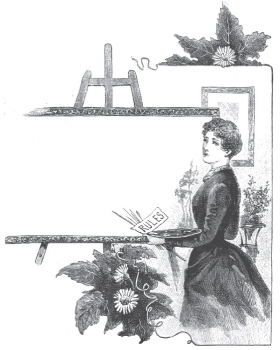VVERIFICATION

Critic and theorist Walter Benjamin stated that: ‘Ideas are to objects as constellations are to stars.’
Seeing is Believing?
Walter Benjamin was driven by a concern to establish a relationship between the everyday stuff that surrounds us and the big historical markers that we use to make sense of our reality. To Benjamin the minutiae were a crucial component of how to understand the bigger picture. Rather than stripping them away, he raked through them and reconstructed a more complex and arguably more accurate depiction of reality, or its history. In order to make sense of the abundance that surrounds us, we must develop of a set of skills that are harder to apply than they are to develop. Confronted with an endless stream of data and the paradox of choice, we're apt to complain that life was simpler in a pre-technological and industrial world. But we would be kidding ourselves. In reality, our contemporary dilemmas are no different from the ones that confronted (or confront) traditional arable farmers. It just comes down to the experience that we develop into the rigour that enables us to separate the wheat from the chaff.
The Paradoxes of Choice
Though we clearly live in an age of choice, much of that choice is illusory – or so inconsequential that it uses our valuable time and cognitive ability on making decisions that we really should not be bothering with. ...
Get The Dream Cafe: Lessons in the Art of Radical Innovation now with the O’Reilly learning platform.
O’Reilly members experience books, live events, courses curated by job role, and more from O’Reilly and nearly 200 top publishers.

